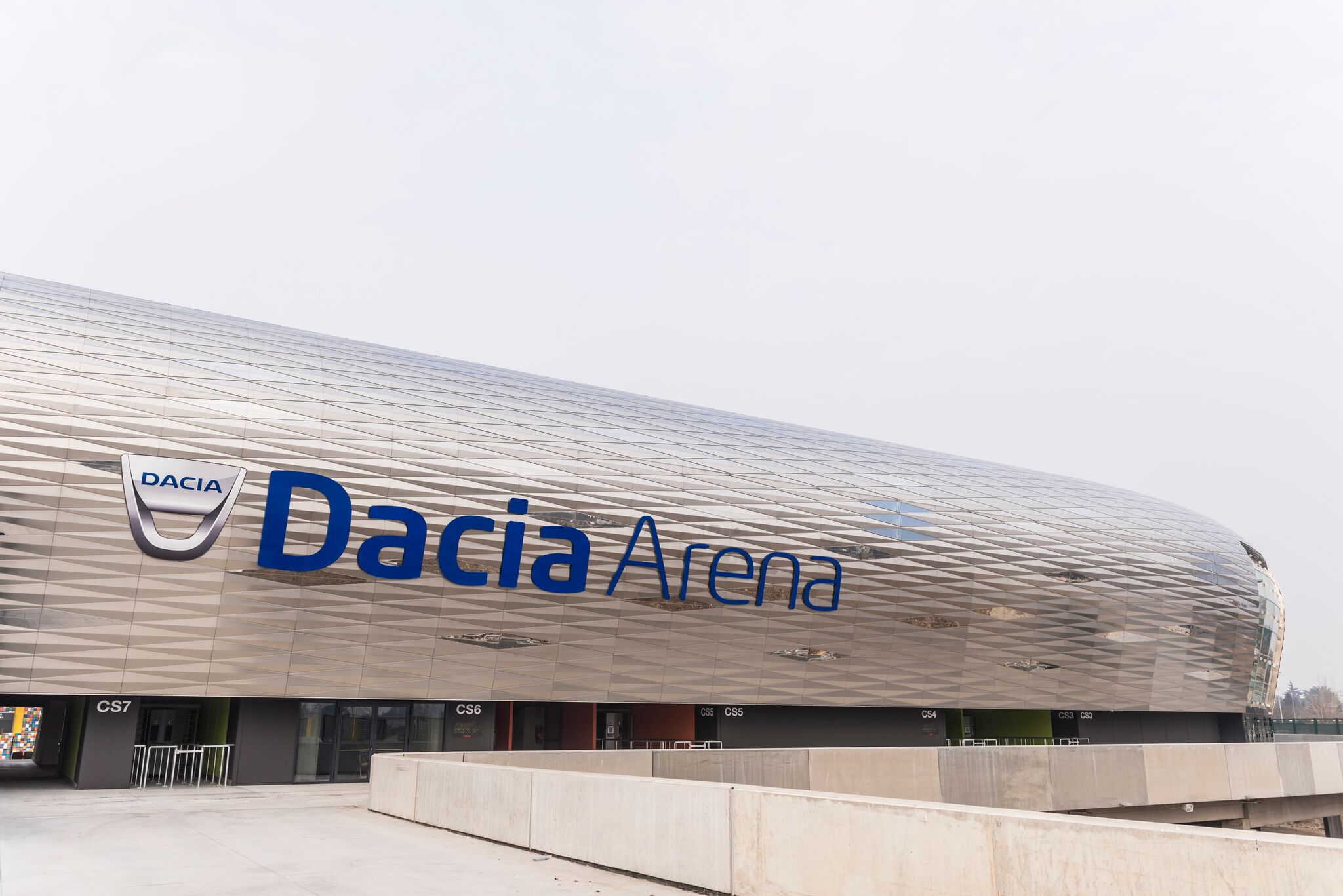A Q&A with JMA Wireless on virtualized RAN stadium deployment
Earlier this month, JMA Wireless announced the deployment of its virtualized RAN solution, XRAN, and TEKO DAS at the Dacia Arena in Udine, Italy, in partnership with neutral host operator INWIT. To learn more about this deployment, as well as the outlook for virtualized RAN, RCR Wireless News discussed the topics with JMA Wireless President of TEKO Systems Remo Ricci.
Q: Virtualized RAN has been a long-gestating discussion among various industry stakeholders but has yet to broadly breakout. How do you view the success of XRAN, particularly in a deployment that demonstrates the ability to scale capacity to cover a large venue, as indicative of JMA’s position in this market and, more broadly, of the near-term outlook for RAN virtualization?
A: XRAN is the only 100% software virtualized 4G BBU. This deployment, together with previous successful ones (both venues and metro area), demonstrates that this is the answer to the main issues that are always present in large venues which need high capacity mobile connection in order to provide a top-quality experience, but at the same time face serious constraints on space/footprint, ease of installation, low impact, and power consumption. XRAN makes these conflicting requirements compatible.
Q: What’s the migration path for XRAN to 5G, including at millimeter wave frequencies? I assume the PHAZR acquisition brings a new level of know-how to JMA but, specifically, how does the virtual infrastructure being deployed today enable a future transition to a standards-based 5G service?
A: JMA Wireless provides a complete solution portfolio, including 5G, to fully address the needs of its customers and the requirements of next generation networks. By mid-2019, JMA Wireless will be ready to deploy an NSA 5G solution based on XRAN and the PHAZR product line, starting an evolutionary path that will have an integrated 4G and 5G solution from the software baseband to the antenna.
Q: I’d like to understand a little more about the relationship between INWIT, JMA and the involved operators. If I understood correctly, what happened here seems significant in terms of changing the paradigm around that dynamic. What do you attribute that to, is it unique to this situation, unique to Europe, or something that we might gradually see in the U.S. market?
A: XRAN enables true wireless-as-a-service solutions and shared infrastructure in the smallest footprint possible. Running commercial off-the-shelf [hardware]and all software creates possibilities that simply weren’t there before. The main constraint has always been getting the RF source, making it easy to install, then commissioning and running it while making it cost-effective. XRAN answers all of that. We don’t see how this might be limited to any country. It’s “when” rather than “if.”
INWIT, as front-runner in technology and leading managed service provider, has been installing indoor multi-operator coverage systems, generally based on DAS technology, in venues where there is the need for improving mobile coverage and/or capacity, like stadiums, shopping malls, hospitals, etc… As part of its business model and propensity for innovation, INWIT is also gradually introducing JMA Wireless XRAN in order to save space/footprint and power and offer its customers (mobile operators) the possibility of dispensing with traditional radio eNodes in multi-operator indoor venues, deploying them only in traditional macro sites.
Q: Can you please run me through the the bands covered by this deployment?
A: The stadium is equipped with a JMA Wireless TEKO DAS dimensioned for four mobile operators, in the 1800, 2100, and 2600 MHz bands, regardless of the technology used by the operators (2G, 3G, or 4G). XRAN is a 4G LTE full virtualized BBU.
Q: Can you provide some detail on what an average user experience, downlink and uplink, will be?
A: We can expect each user will be able to watch a full HD video, streaming and sharing pictures and short videos of the match while operating VoLTE calls. Currently, we can demonstrate 1.2 Gbps with 4×4 MIMO and multiple carriers aggregated, and we are not stopping there.
Q: And what was the installation time?
A: XRAN has been installed and connected to the TEKO DAS master unit in hours, compared with a traditional installation with eNodes and RF cables that would have taken days. And this venue is not an isolated case. At another one in Rome, XRAN cabling took two hours while previous installation took three days. On average, our customers experienced around 70% savings in time and resources to be deployed in field.

Image courtesy Udinese Calcio.
The post Case study: Virtualized RAN at Dacia Arena in Udine, Italy appeared first on RCR Wireless News.
